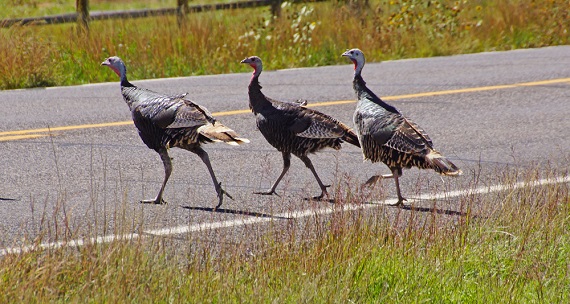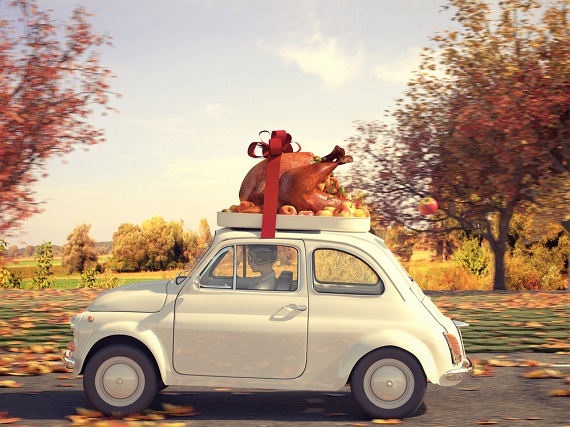Fast on the heels of Thanksgiving Thursday comes Frenetic Friday, better known as Black Friday – the busiest retail shopping day of the year. If throwing yourself into the fray is how you choose to work off your Thanksgiving calories, we have some tips to make the best of it (below), as well as a few shopping safety reminders. But if you’d rather pull out your fingernails one by one than brave the bargain-hunting hordes, you can choose to celebrate the day as Buy Nothing Day. Whether you choose to buy nothing out of conviction or laziness, it’s a good day to practice the fine art of relaxation with friends and family.
But Friday is just the start. What began as a single shopping day has spawned a series of themed days.
- Saturday is the 10th annual Small Business Saturday – and we really like that idea. It’s less crowded and crazy and it focuses on small local businesses in your home community. Small businesses are the lifeblood and personality of every community so we encourage you to get out and support your neighbors. Find a Small Business near you.
- Cyber Monday is a huge online shopping day. A little know alternate name for the day is Low Productivity Monday because employees everywhere are surreptitiously shopping for deals at their desks.
- Our favorite day is Giving Tuesday, December 03, 2019, a global generosity movement unleashing the power of people and organizations to transform their communities and the world on December 3, 2019 and every day. It was created in 2012 as a simple idea: a day that encourages people to do good, and since its founding, it has raised more than $1 billion in online donations in the U.S. alone. If you’d like to give something back after all that shopping, search for an organization near you to help you find organizations, events, and ways to give back in your own community. The Better Business Bureau has some Giving Tuesday tips to ensure you don’t fall for fake charities:
If you plan to shop online or off over the holiday weekend, here are a few pointers for getting the most out of Black Friday and Cyber Monday
- Top 10 Black Friday Shopping Tips for 2019
- If You Want One of These Things, Wait Until Black Friday
- Shopping Tips to Get the Most Out of Black Friday and Cyber Monday
- Black Friday 2019: All of the best deals for $100 and under
- Target, Walmart and More 2019 Black Friday Store Hours
And a few tips to be safe and secure while shopping:
- Keep packages out of site in your car. Lock them in your trunk and keep car doors locked
- Be aware of your purse and wallet at all times – pickpockets love crowds. If you can, avoid a purse or wallet entirely and store phone, cash, credit cards and IDs in a secure inner pocket.
- Carry only the money and credit cards you need. Don’t flash cash.
- Be aware of your surroundings. Thieves and con-artists specialize in distraction techniques.
- Don’t overload yourself with packages and impair your awareness, mobility or vision – take some to the car.
- Remember where you parked your car. Have your keys ready and be alert for strangers when you approach it.
- Shop with a friend or family member, particularly at night. There’s safety in numbers.
Here are a few safe online shopping tips:
- Update your web security, anti-virus and malware detection programs snf be sure your firewall is on.
- Be on alert for email phishing offers, the spoofed mails look authentic. Don’t click the link, type in the website.
- Purchase only in a secure environment – check for “https” in the address in your web browser – the “s” stands for “secure” – never conduct a transaction without it.
- Public Wi-Fi is not secure so avoid doing banking and transactions that would expose your credit cards, passwords, or personal info.
- Update your passwords before shopping. Create unique passwords for each site.
- If it sounds too good to be true, it probably is. Watch out for “free” gift offers and contests from unknown sites.
- Don’t give away any personal information or credit card numbers to anyone you don’t know.
Reprinted from Renaissance Alliance – no usage without permission.






